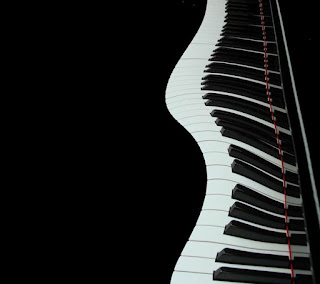Once we get over the terror of playing in front of other people we need to move on to developing and sharing a musical experience for our listeners. Music acts as communication – a bridge between people. This can be very difficult for a number of reasons. We need to have thoroughly learned the music. We have to have really thought about what the music says – what the story we’re telling is. We have to decide how we want to tell that story. We need to suss out how we want the audience to feel about the story – and how we’re going to help them get there. And we have to be proficient enough at our instrument that we can actually achieve these aims.
Musicality is the quality with which we imbue the music to assure the listener arrives where we meant them to with respect to the story we’re telling. Musicality has many facets but we’ll focus on the melodiousness of our presentation. But how do we get there?
You might think that musicality is in-born. Either you have it or you don’t. But actually, like most of what we talk about, you already know the answers. The same answers for so many things -Practice!
Musicality, like everything else comes with practice and work. You need to focus on improving your musicality, deciding on the story you’re going to tell, how you’re going to tell that story, the emotions that are essential to evoke to tell the story fully.
Then you can practice developing that story and evoking it from your harp. You can craft the music, the presentation, the arrangement to assure that the story you meant to tell is the one that comes off your harp. And practice it until that is the story you tell each time you perform the piece. And then you can move on to telling a different story each time you play the tune (why not? It’s your story!).
And with that level of practice, you will be so focused on your story and so well practiced in its telling that you won’t have to be worried about playing for people.




